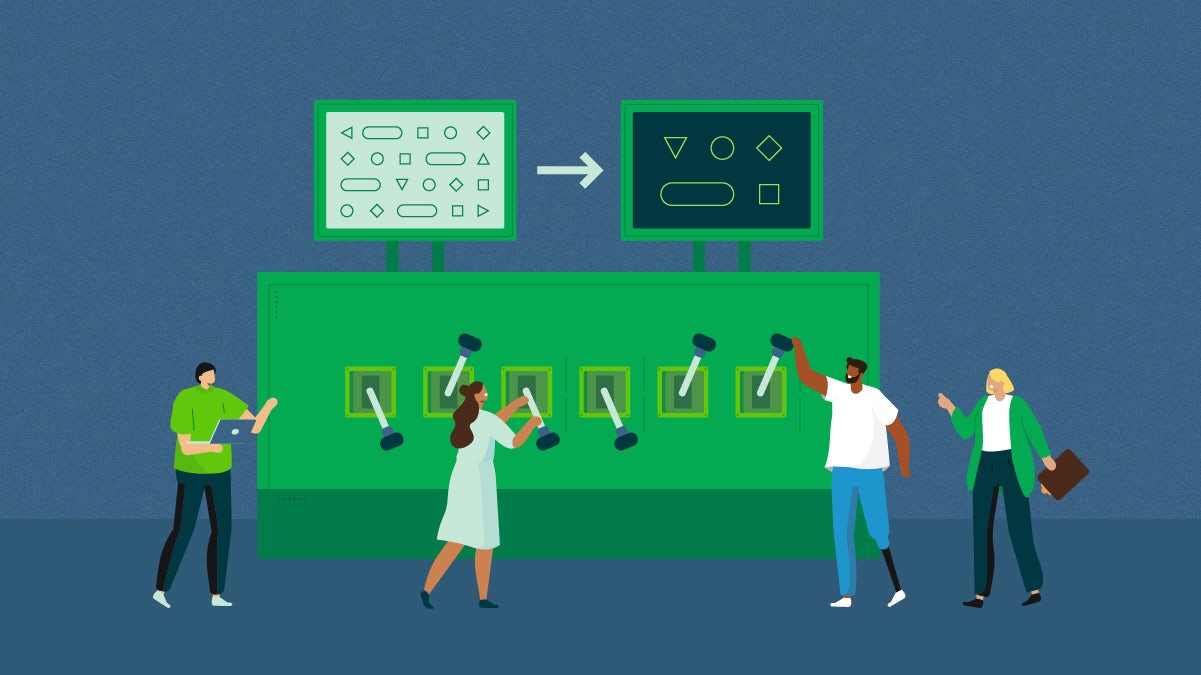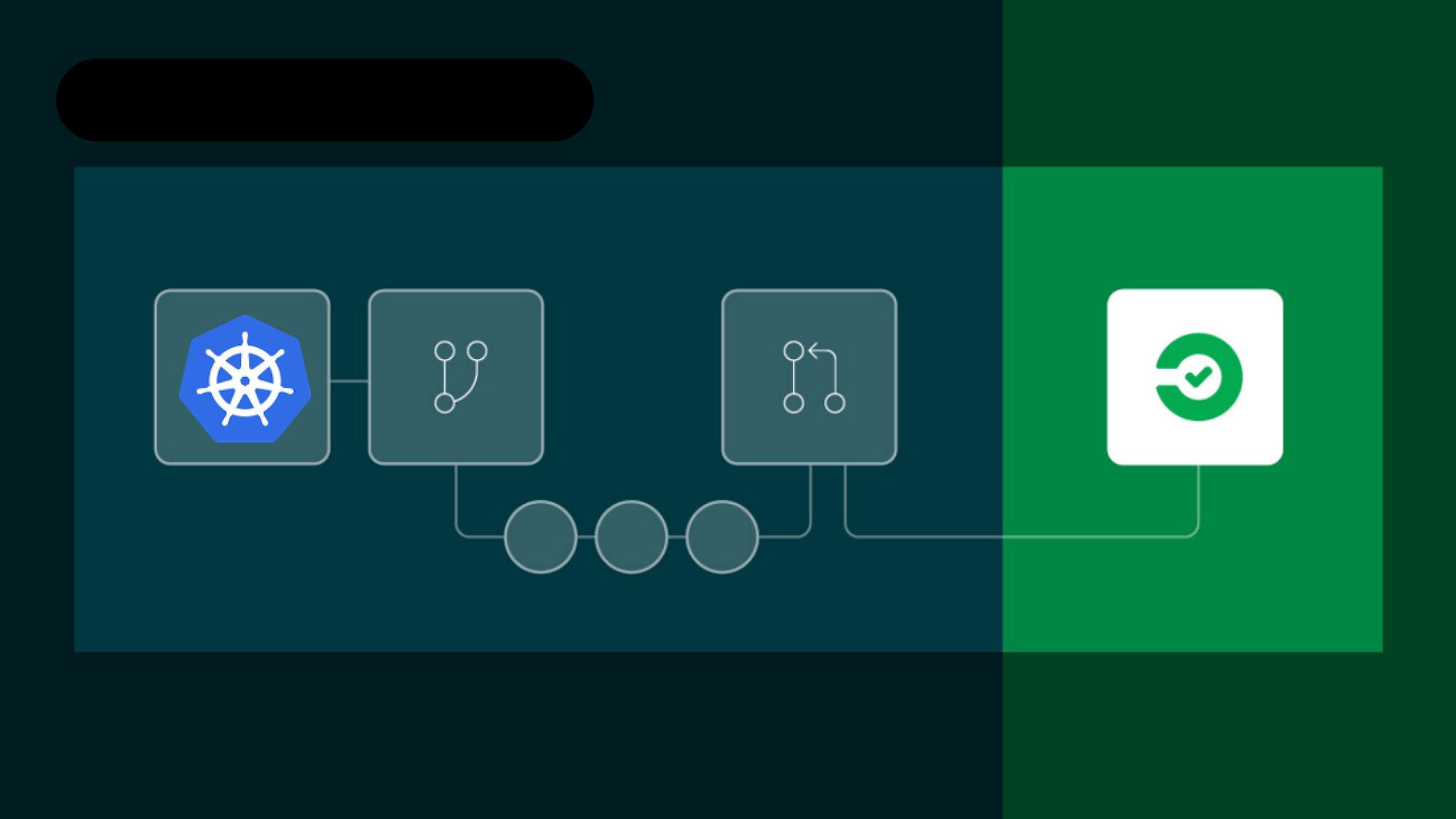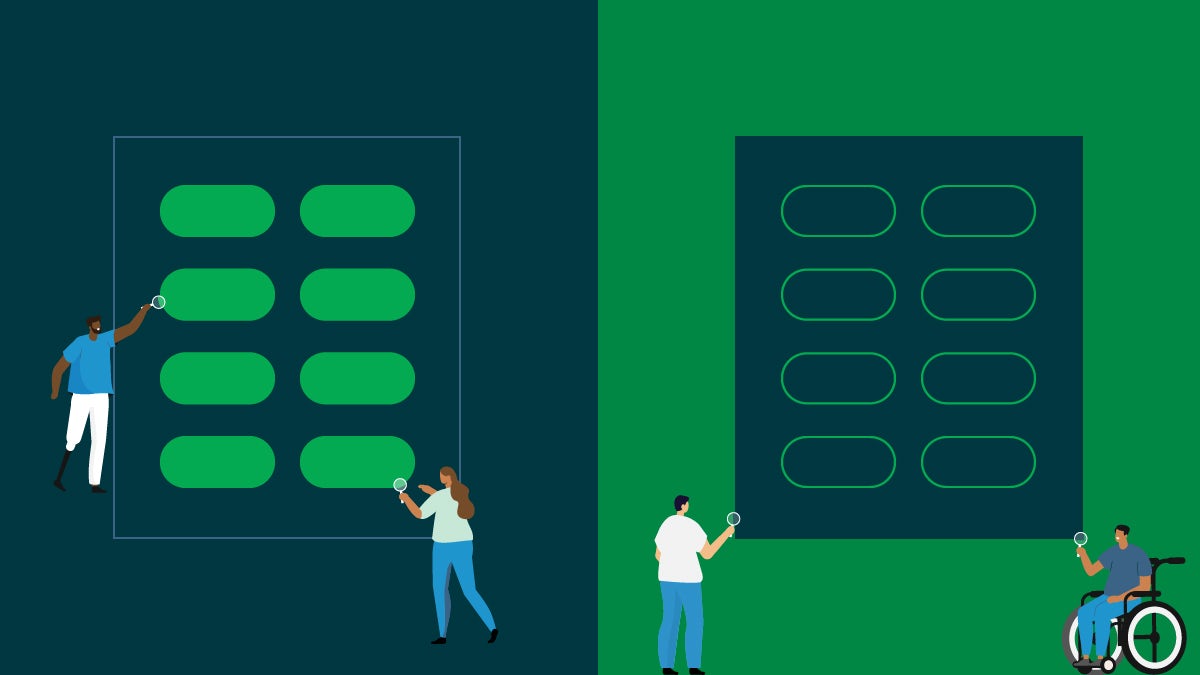One of the essential mechanisms in agile development is iteration. In this article, you will learn what iterations are, why they are necessary, how they differ from sprints, and how they are used to accelerate and improve software delivery.
What is iteration?
In Agile development, where development occurs in short bursts to allow for fast feedback and improvement, the key unit of the development cycle is called an iteration.
Iterations consist of Design, Development, Testing, and Improvement phases, and are usually set for 1- to 4-week cycles. After completing one iteration and releasing the results to users, development teams quickly follow with a second iteration and continue the cycle for the lifespan of the project.
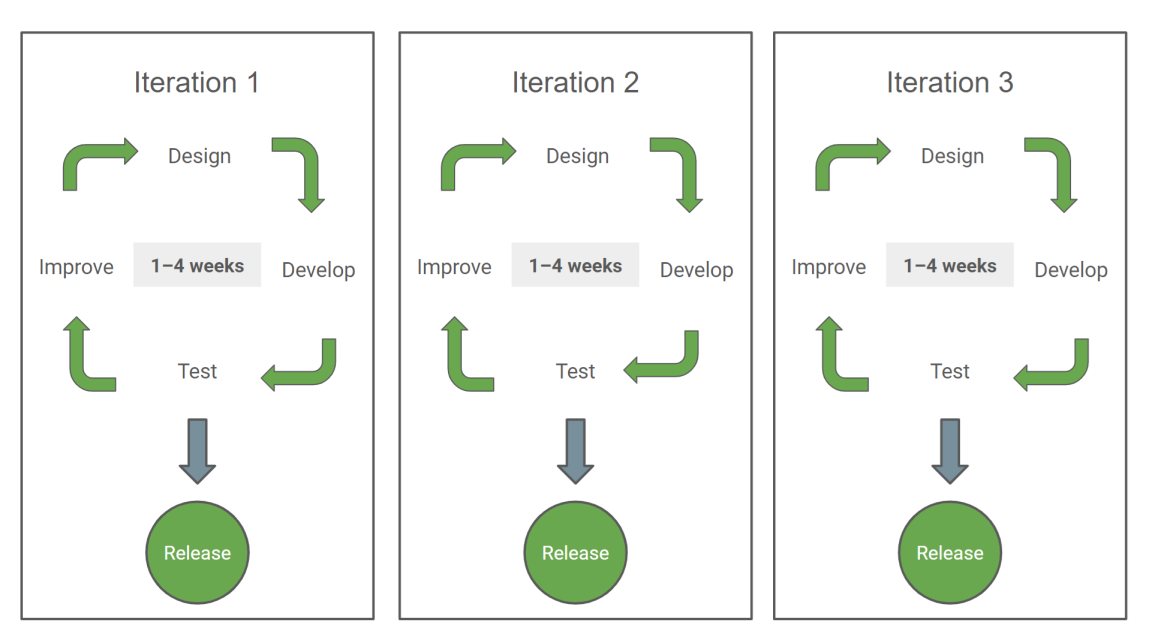
Why are iterations necessary?
In the Waterfall model, development was carried out in stages, with testing done only after all the stages were completed. If there were additional requests from the customer during development, teams needed to backtrack significantly, leading to delays and increased costs.

To address these shortcomings, Agile splits development into smaller increments through repeated implementation and feedback cycles. These smaller increments are called iterations.
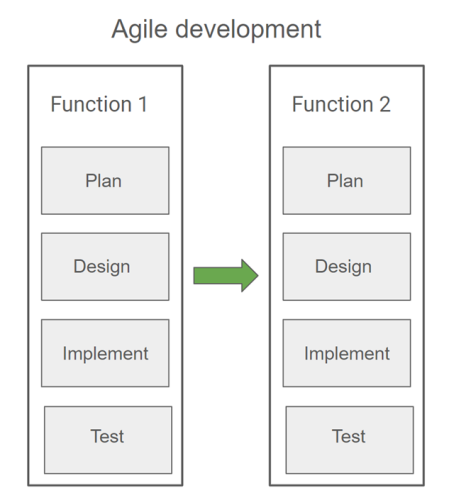
By providing working software at relatively early stages, it becomes easier to adapt to changing requirements and other challenges. Iterations are a crucial mechanism and are an essential part of Agile development.
Differences between iterations and agile development
The difference between iterations and Agile is that iterations are just one part of Agile development, which involves repeating development in short cycles. Agile development focuses on determining requirements for software or application development, while iterations are used afterward to repeatedly advance development in cycles.
Iterations are one component of the Agile methodology. To fully understand the value of iterations, it is important to have a good understanding of Agile basics.
Learn more about the Agile methodology
Difference between iterations and sprints
Another term used in software development that is closely related to iteration is sprints. Although both iterations and sprints denote development cycles, their difference lies in the development scenes where they are used.
Iterations are used in Extreme Programming (XP), which will be introduced in the next section. Iterations — involving the processes of design, development, testing, and improvement — are incorporated into XP development to facilitate frequent and rapid improvements and to help teams learn and grow from their experiences.
Sprints, used in Scrum, are also repeating development cycles. Scrum is a framework that emphasizes the importance of teamwork to keep work progressing efficiently.
While iterations and Scrum are separated by the development methods in which they are used, there isn’t a strict distinction. There are cases where iterations are used in a Scrum process.
What is Extreme Programming?
Extreme Programming (XP) is one approach to Agile development. Introduced in the 1990s by Kent Beck and others, XP emphasizes “embracing change” and “flexible planning,” placing it in direct contrast to the rigid and inflexible Waterfall model used at the time.
Extreme Programming’s greatest advantage is its flexibility. It defines five values that should be prioritized in development work to maximize team flexibility:
- Communication
- Simplicity
- Feedback
- Courage
- Respect
Let’s take a closer look at each.
Communication
One cause of project failure is lack of communication. Extreme Programming encourages active communication between the customer and the entire development team.
Simplicity
By incorporating only essential features and addressing additional requirements as they arise, Extreme Programming aims to keep things simple.
Feedback
To prevent the development of unnecessary features, XP prioritizes customer feedback to discover what functionality is valued and what is not needed.
Courage
In XP, courage refers to a person’s willingness to realize the previous three values. Development progresses with the assumption that there may be a need for significant changes halfway through, and it takes courage to deliver that message.
Respect
Most software development is done not by individuals but by teams. Respecting team members is essential to smooth project progress and success.
Unpacking sprints
In contrast to the 1- to 4-week iterations used in XP, the sprints used in Scrum are limited to a time-box period of 1 to 2 weeks. Design, development, testing, and release are carried out within each time box, and this process is repeated to progress development.
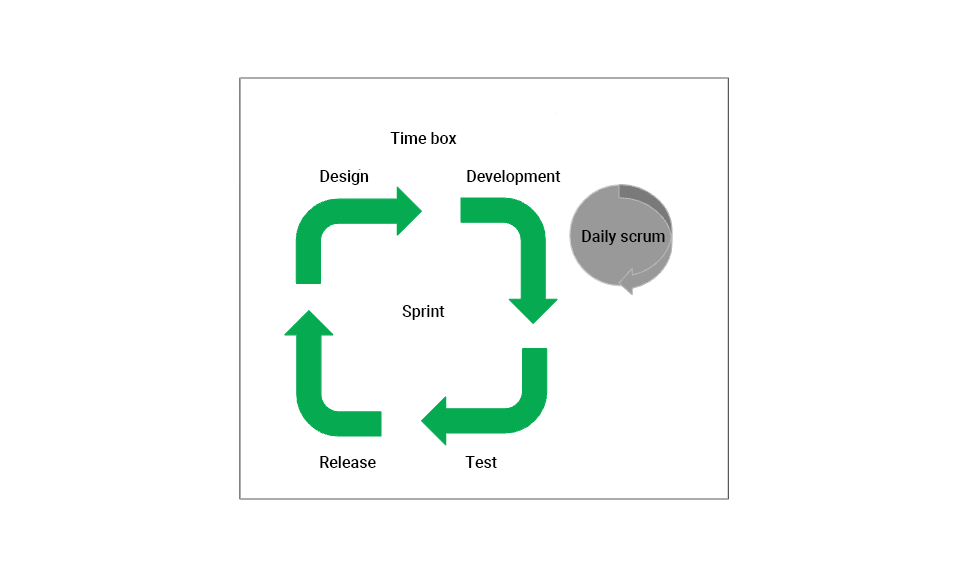
The flow of the sprint is set up as:
- Product backlog creation
- Sprint backlog creation
- Sprint review
- Release-ready software

How are iterations used?
In the previous two sections, we introduced Extreme Programming and sprints related to iterations. In this section, we will illustrate how iterations are actually used within XP development.
Step 1: Creating a release plan
The first step is to organize customer requests, determine requirements and specifications for each iteration, and create a release plan. The important thing here is to determine only minimal requirements and specifications so that changes can be made during development, as you gather feedback from customers and users.
Step 2: Development
Once the release plan is set, proceed with the actual development. Take into account the feedback and learnings from the previous iteration so that you can quickly adapt to new requirements.
Step 3: Releasing artifacts for each iteration
At the end of each iteration, release the completed product and verify that they work as specified and meet customer requirements. Identify deficiencies and address them in the next iteration.
How to streamline iterations in development projects
Introducing development tools with features like design, programming, and test automation can help your team manage the development process and adjust to meet deadlines efficiently.
Because there are differences in functionality among various development tools, you will need to compare them and select the one that works best for your team. A CI/CD tool like CircleCI can help you manage iterations seamlessly within your development workflow.
To start accelerating and optimizing your development iterations, sign up for a free CircleCI account today.

